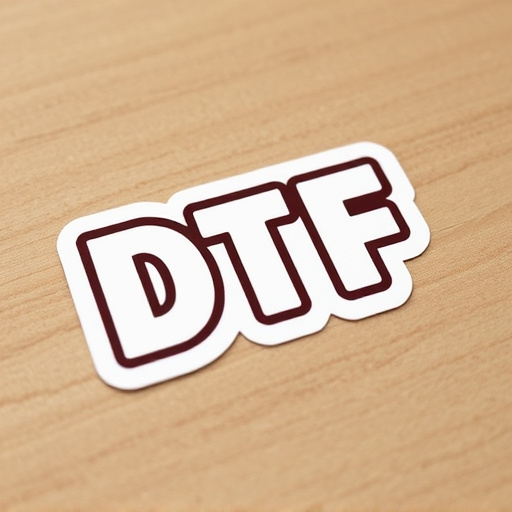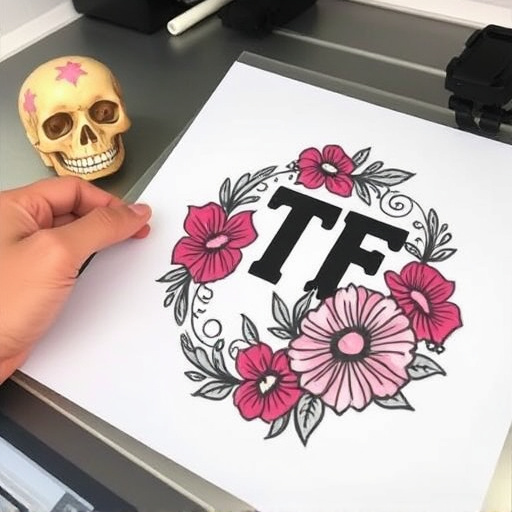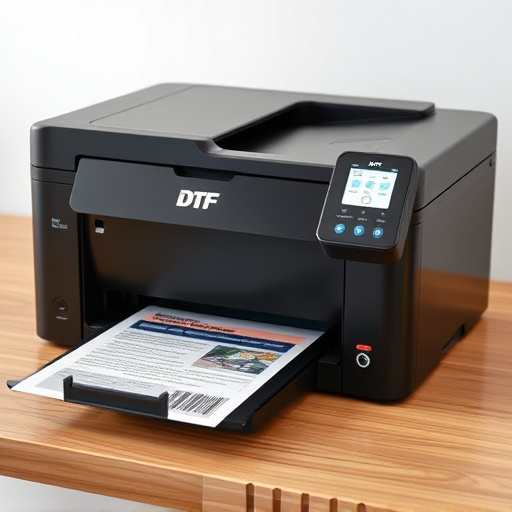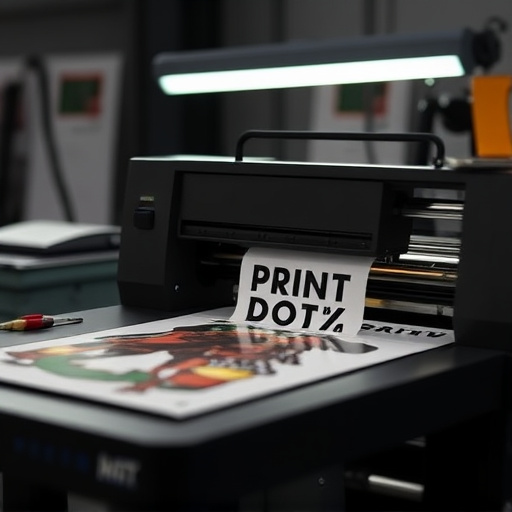Selecting the right materials is paramount for achieving exceptional DTF shirt printing results. For light-colored shirts, use DTF transfers designed for those fabrics to ensure vibrant colors and fine details. Dark garments require transfer papers optimized for dark fabric printing to showcase designs precisely. High-quality inks and well-maintained equipment are crucial for long-lasting prints that maintain vibrancy after washing. Choosing high-quality fabrics like cotton, linen, or hemp boosts print outcomes and strengthens your reputation; synthetics can also be printed on with advanced technology.
Looking to elevate your DTF shirt printing game? Achieving top-notch results requires a meticulous approach, from selecting the ideal materials to implementing rigorous quality control measures. This guide delves into essential aspects of DTF shirt printing, offering valuable tips on choosing high-quality fabrics, mastering pre-printing preparation techniques, and ensuring post-printing durability through meticulous inspection and care. Unlock the secrets to consistent, stunning prints with these expert insights tailored for DTF shirt printing enthusiasts.
- Choosing the Right Materials
- – Importance of high-quality shirts for printing
- – Types of fabrics and their suitability for DTF (Direct to Fabric) printing
Choosing the Right Materials

When it comes to DTF shirt printing, selecting the appropriate materials is a fundamental step in achieving exceptional results. The fabric itself plays a pivotal role in the overall print quality. For light-colored shirts, opt for DTF transfers designed specifically for these fabrics to ensure vibrant and accurate color reproduction. This technique allows for fine details and smooth finishes, making it ideal for intricate designs. Conversely, for dark garments, choosing transfer papers optimized for dark fabric DTF printing is crucial. These papers are formulated to provide contrast and prevent ink from absorbing excessively, thus showcasing the design with precision.
The quality of inks and applications also influences the final output. High-quality inks, suitable for DTF printing methods, offer a wide range of colors and excellent durability. They adhere well to various fabrics, ensuring long-lasting prints that maintain their vibrancy even after multiple washes. Invest in reliable printing equipment and regularly calibrate it for consistent performance. Regular maintenance ensures that every print meets the highest standards, guaranteeing customer satisfaction and fostering your reputation for excellence in DTF shirt printing.
– Importance of high-quality shirts for printing

High-quality shirts are paramount when it comes to achieving exceptional results in DTF shirt printing. Using top-tier garments ensures that the print accurately replicates the design, preserving details and vibrancy. This is especially crucial for intricate patterns and fine lines, which require a smooth fabric surface to prevent smudging or distortion. Furthermore, high-quality shirts contribute to the longevity of the printed product, resisting fading and maintaining their shape after multiple washes.
For DTF printing on dark fabrics, selecting appropriate shirt materials becomes even more critical. The right blend of fibers ensures that the ink adheres properly, enhancing color accuracy and contrast. Direct to film personalized hoodies or t-shirts, for instance, demand meticulous attention to fabric choice to meet customer expectations. Investing in quality shirts not only enhances the overall print outcome but also builds a positive reputation for your printing business.
– Types of fabrics and their suitability for DTF (Direct to Fabric) printing
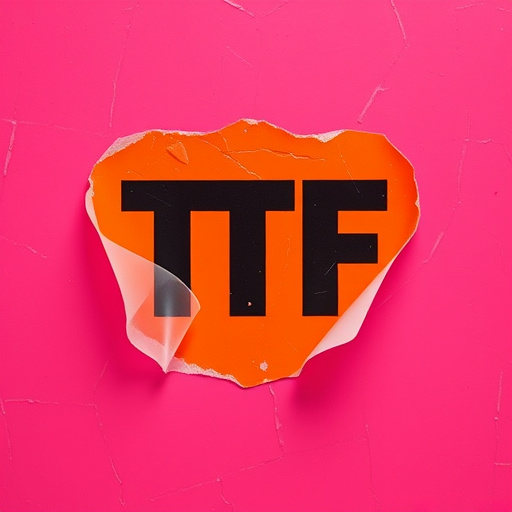
The choice of fabric is a crucial aspect when it comes to DTF (Direct to Fabric) printing, as different materials offer unique advantages and limitations. Cotton, for instance, is a popular and suitable option due to its softness, breathability, and ability to accept ink well. This makes it ideal for creating high-quality custom t-shirts with vibrant prints that last. Other natural fabrics like linen and hemp also provide excellent DTF printing results, adding a unique texture and appeal to the final product.
On the other hand, synthetic fabrics such as polyester and nylon may not be as suitable for traditional DTF methods. These materials often require specialized printing techniques due to their smoother surfaces, which can affect ink adhesion. However, with advancements in technology, some modern DTF printers are now capable of producing impressive results on a wider range of fabrics, including bulk dft shirt production runs for clothing brands featuring intricate logos and designs.
By selecting the appropriate materials, such as high-quality shirts suitable for DTF printing, and understanding the intricacies of different fabric types, you can significantly enhance the outcomes of your DTF shirt printing projects. These quality control tips are essential in ensuring that your final products meet expectations, providing crisp prints and durable garments. For optimal results, prioritize these considerations to elevate your DTF shirt printing skills.









